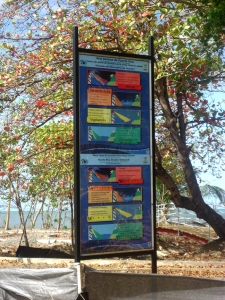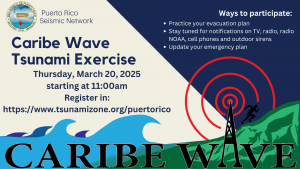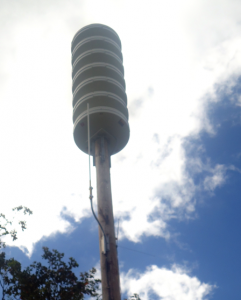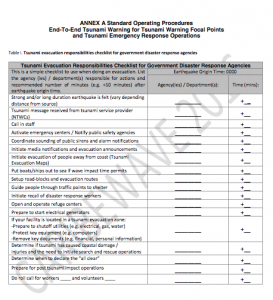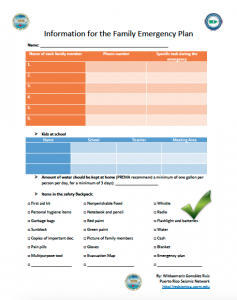The Puerto Rico Seismic Network urges all state, federal, and private agencies, educational institutions, health facilities, media, communities, families, and individuals in the region of Puerto Rico and the Virgin Islands to participate in the CARIBE WAVE 2025 Exercise. By participating in this exercise the public will be able to test their emergency communications systems, their emergency response plans, their evacuation plans, and perform other activities that prepare us for a possible tsunami in our region. Each agency or individual should evaluate ways to participate based on the content of this web page and the official CARIBE WAVE 2025 Exercise Participant Handbook. In addition, they must determine the type of participation according to the resources available to them (see the exercise webpage for more ideas on how to specifically participate, for example, emergency agencies, schools and TsunamiReady municipalities.
In general, you can participate in the following ways:
- Register for the Exercise at http://caribewave.uprm.edu o https://www.tsunamizone.org/register/
- Be related to the official messages issued by the PRSN and the PTWC. Visit the official page of the PRSN http://caribewave.uprm.edu.
- Perform, during the exercise (March 20) at least one of the communication tests (through the available methods) and document the times of these communications:
- Monitor the activation of the EAS (by radio and TV) (if available)
- Monitor the NOAA Radio activation (if available)
- Monitor the activation of coastal sirens (for those municipalities that have them available)
- Monitor the messages issued by the PRSN through its official website http://redsismica.uprm.edu
- Follow PRSN Social Media publications (Facebook and Twitter)
- Conduct at least one of the 5 types of exercise in your community, region, or municipality (document and report it to the PRSN, PREMB-PR, VITEMA-USVI, or DDM-BVI)
- Orientation
- Drill
- Tabletop exercise
- Functional Exercise
- Full-Scale Exercise
- By conducting these drills, we recommend reviewing and testing their emergency response plans and response times.
- The public can also conduct or participate in discussions, orientations, and talks about tsunamis. You can even watch a movie on the topic and discuss it with your family.
- Develop or update your family emergency plan. This includes preparing or updating your emergency backpack.
- If you live in a coastal community, review your evacuation route and map. Walk the evacuation route with your family to the assembly point.
- Complete the Exercise Evaluations:
- Complete the electronic evaluations of the PRSN before March 31, 2025 (using as a basis the information collected in its Communication Evaluation Forms of the Puerto Rico Seismic Network Exercise) through the official website of the exercise: http://caribewave.uprm.edu/index.php/en/virgin-islands/evaluations/
- Complete the official evaluation form of the IOC-UNESCO exercise, before April 4, 2025 (if applicable).
